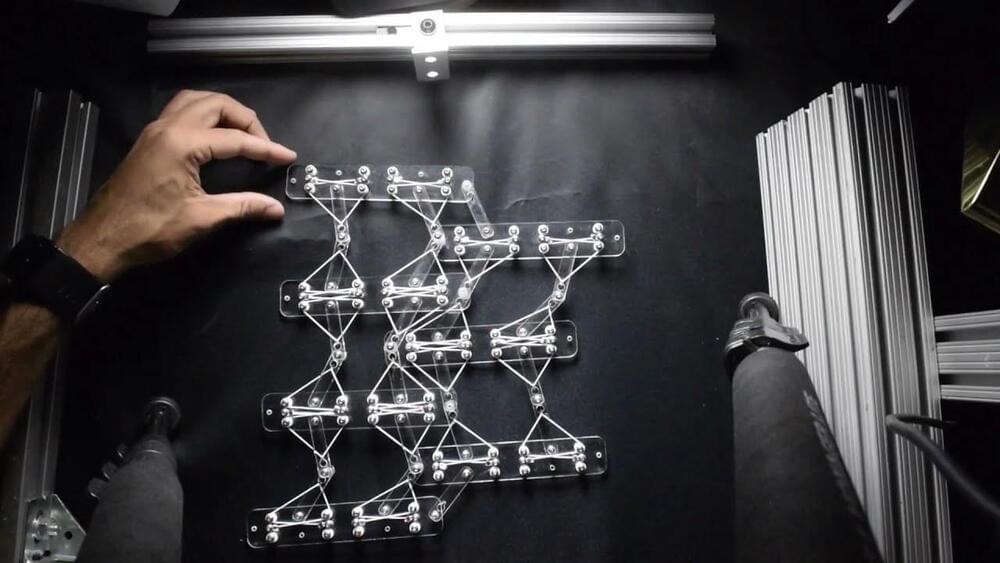Oct 22, 2021
AI And Data At Dow Jones: Why Humans Are The Machine Behind AI
Posted by Gemechu Taye in categories: employment, robotics/AI
Machines are getting better and better at doing jobs that traditionally could only be done by humans. Largely this is thanks to advances in machine learning that have given us machines that are capable of using data to make decisions. As they are trained on more data — in simulated or real-world situations, they are able to do this with increasing proficiency. This is what we’ve come to refer to as artificial intelligence (AI) — the closest we’ve so far come to creating machines that are capable of learning, thinking, and deciding.
So is this unprecedented situation going to result in widespread human redundancy, with the associated damage and disruption to society that this would seem to entail? There are certainly some who think so. On the other hand, some believe it will lead to a new paradigm in human work and productivity, where machines take care of all the dirty, boring, and dangerous jobs, leaving us free to spend time on more rewarding creative, fun or social pursuits.
Full Story:


















